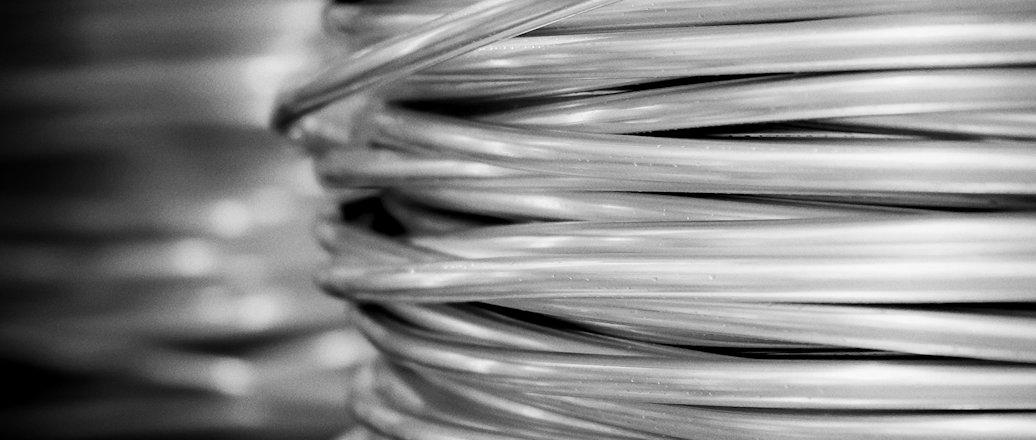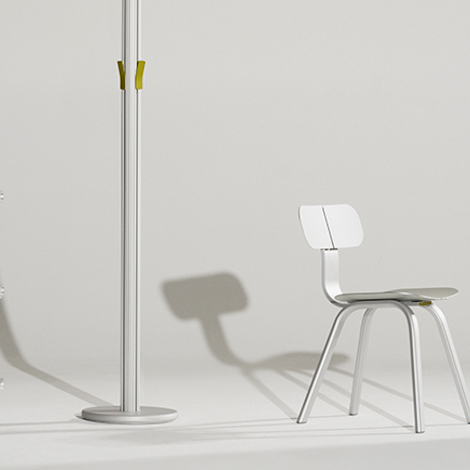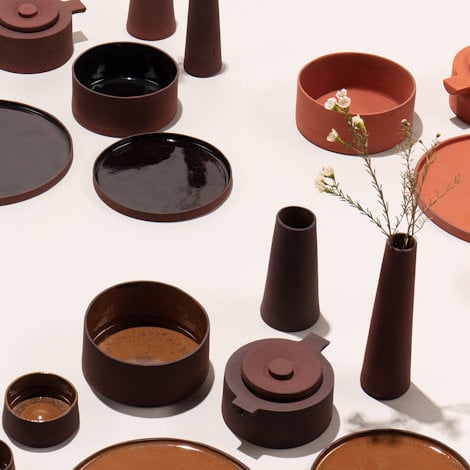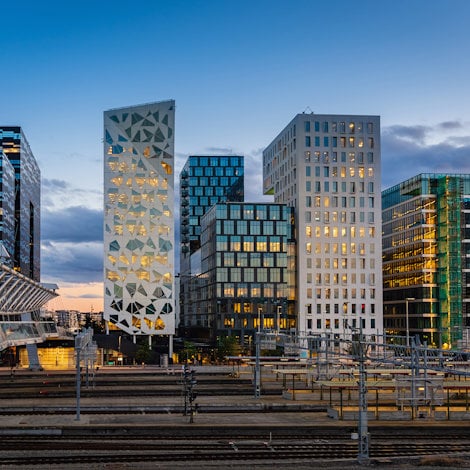Three steps toward designing and producing for a circular economy
Sustainability is the main challenge when we talk about modern production. Too many products cannot be recycled, due to second-rate design and poor material choices.
The products cannot be taken apart, or it costs too much to do it economically. Many materials also lose their properties partly or even totally after recycling. In addition, we have the mixed-material dilemma.
It is easy to place blame because it is not clear who owns the problem. I start by looking in the mirror: What can we do as a supplier of aluminium solutions? How can you improve in designing and manufacturing in a circular economy? Here are three points worth considering.
1. Choose a sustainable material
The first is choosing a sustainable material, and I will give you an example close to home.
Aluminium is a sustainable material for the following reasons:
- It can be recycled and reused. It does not lose its properties after recycling and the remelting process can save energy consumption by as much as 95 percent.
- Each tonne of aluminium recycled avoids approximately 9 tonnes of carbon dioxide equivalents. Globally, the recycling of aluminium avoids over 100 million tonnes of CO2e per year.
2. Know how to join the materials
The second point is joining. You need to know how to join the materials, because the joining method you choose makes a difference. Why?
- Similar materials do not need to be separated, hence improving the recycling rate
- In mixed-material combinations, the best joining techniques enable simple and practical disassembly and separation prior to recycling. These can be mechanical fasteners including bolts, screws, snap-fit and interlock joints. This is part of the Design for Disassembly (DfD) principle that we use when working on a customer project.
3. Produce so you can repair or reuse the product
The last point you should consider is repair – and reuse – of the product. Can it be repaired? By whom? Can you use the product or its materials again?
Fortunately, we are seeing more products than before being designed for easy reparation and/or easy reuse. Industrial designers and manufacturing companies get the message and are following up, as part of the DfD principle.
Products where we have contributed:
- IKEA DELAKTIG. We worked with designer Tom Dixon and IKEA on the new DELAKTIG product line. It is a furniture product that lasts, with extruded aluminium parts that can be reused to create new pieces of furniture. And with simple and easy-to-use tools.








